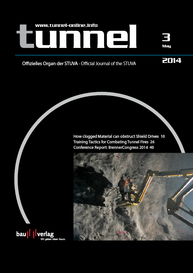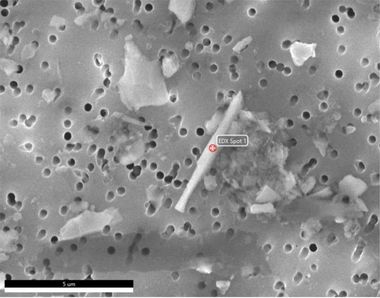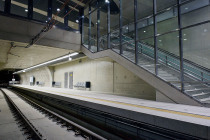Removing Graffiti with minimal Cleaning Effort
Graffiti artists love to leave their supposed works of art all over the place on large areas, the fronts of buildings, bridges, underpasses as well as transport tunnels. Their graffiti are annoying for owners and municipalities as their removal and prevention is normally associated with considerable effort and enormous costs.
The Stuttgart construction chemical manufacturer Sika Deutschland has devised an anti-graffiti protection system, which reduces the need for cleaning and protects exposed areas from graffiti and harmful environmental influences. The transparent protective coating Sikagard-180 TAGS is based on micro-wax and can be applied on coated and uncoated, practically non-absorbent concrete and mortar surfaces, without causing them damage. Coloured surfaces remain unaffected as far as their optical appearance is concerned, as the material dries to present a semi-matt, transparent look thus subsequently providing a protective film between the structural surface and the graffiti.
Cleaning with hot Water
Once a surface has been coated with this solvent-free, mono-component film, a hot water high-pressure cleaner is all that is required for removing the graffiti. The in excess of 90 °C hot water heats up the surface so that the graffiti can then be simply removed by the subsequent high-pressure jet of around 90 bar. Then the Sikagared-180 TAGS sacrificial layer, which is impervious to water, must be reapplied to provide subsequent protection as it is initially removed together with the graffiti. The temporary graffiti protective film is UV-stable, enhances the frost and thawing salt resistance and is supplied ready-for-use. The system is listed among the tested temporary anti-graffito systems by the German Federal Highway Research Institute (BASt).



